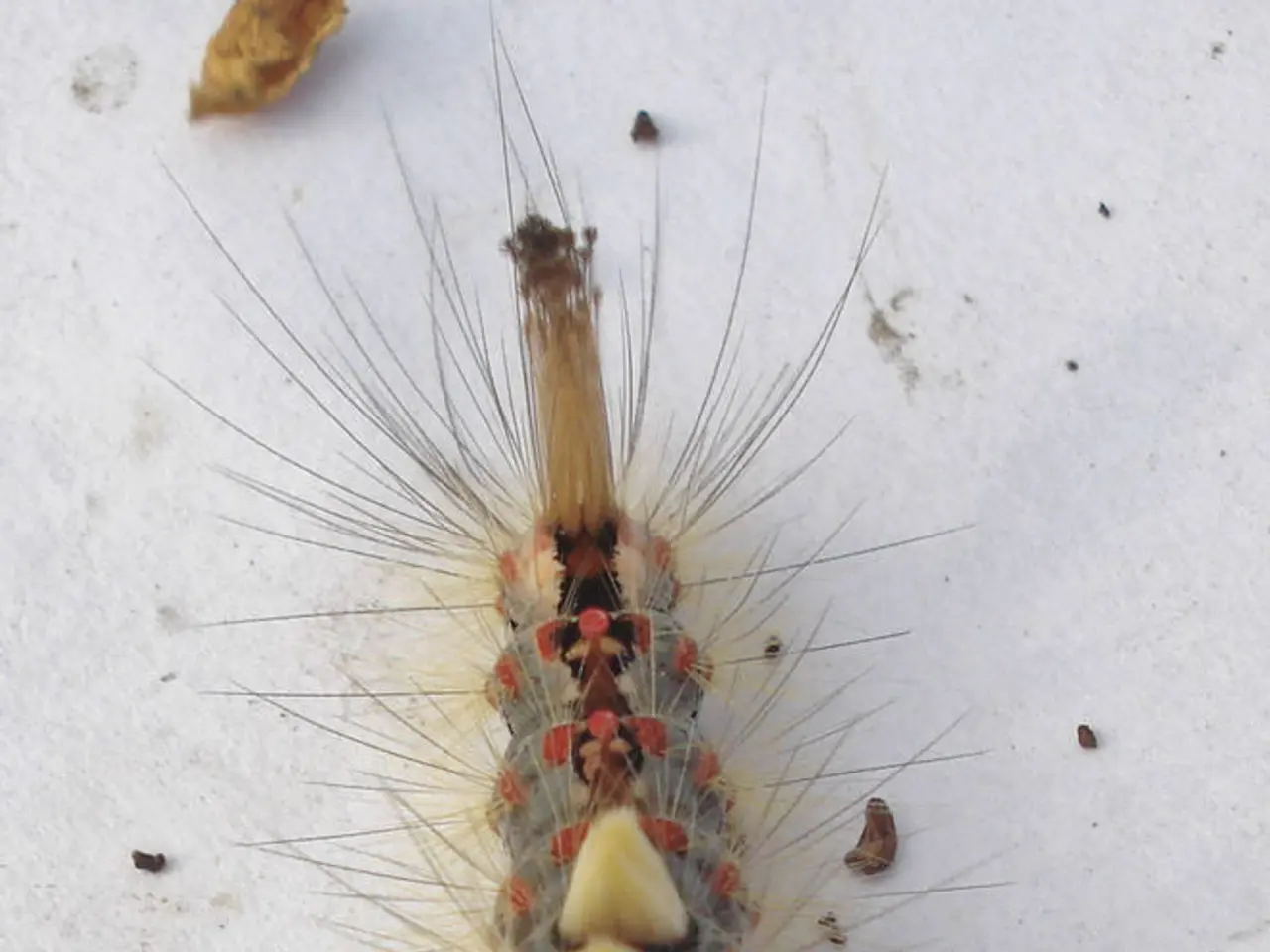Byssinosis: The Hidden Danger in Textile Industry
Byssinosis, a rare lung disease also known as brown lung disease, primarily affects textile industry workers. It's caused by inhaling dust from raw cotton, hemp, and flax seeds. Symptoms often appear at the start of the workweek and improve by the end, but long-term exposure can cause permanent lung damage.
In the United States, byssinosis is almost exclusively found in those who work with unprocessed cotton. Symptoms include chest tightness, wheezing, coughing, and severe cases may present flu-like symptoms. Diagnosis involves a physical exam, chest X-ray, CT scan, pulmonary function tests, and peak flow meter monitoring. Treatment focuses on avoiding exposure to harmful dust and may include bronchodilators, inhaled corticosteroids, supplemental oxygen, and respiratory treatments.
Smoking and a history of asthma or allergies can increase the risk of developing byssinosis. Those who open bales of cotton during the first stage of processing are at the highest risk. In Germany, companies like the Deutsche Institute für Textil- und Faserforschung Denkendorf (DITF) and Badische Naturfaseraufbereitung GmbH (BAFA) are involved in processing raw cotton, hemp, and flax seeds. However, specific safety protocols against byssinosis in these companies are not well-documented.
Byssinosis is a serious occupational health concern, particularly in the textile industry. While treatment options are available, prevention through adequate safety measures and awareness is crucial. Further research and implementation of safety protocols in German companies handling raw cotton, hemp, and flax seeds are recommended to protect workers from this preventable lung disease.





